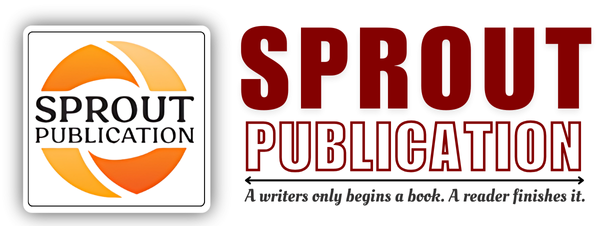Chapter 3: Elemental Impurities-I
Chapter 3: Elemental Impurities-I
Author: Mrs. Kiran Shukla
Volume: 01
First Online: 31 August 2024
Pages: 60-71
DOI:
Abstract
Elemental impurities are trace metals that can be present in drug products and can originate from various sources, posing potential risks to patient safety. The classification of elemental impurities is based on their toxicity and likelihood of occurrence, as outlined by the International Council for Harmonisation (ICH) Q3D guidelines. These impurities are classified into three categories: Class 1 (elements to be avoided due to significant toxicological risks), Class 2 (elements that require control due to potential toxicity), and Class 3 (elements with relatively low toxicity). Controlling elemental impurities is essential to ensure that drug products meet safety standards, which involves setting strict limits and implementing appropriate controls throughout the manufacturing process. Potential sources of elemental impurities include raw materials, catalysts used in chemical reactions, manufacturing equipment, and container closure systems. Identifying potential elemental impurities requires a thorough risk assessment, considering the materials and processes involved in drug production. This proactive approach helps in mitigating risks associated with elemental impurities, ensuring that the final drug product is safe for consumption.
Keywords: Elemental impurities, Trace metals, Drug products, Patient safety, ICH Q3D guidelines, Toxicity classification

